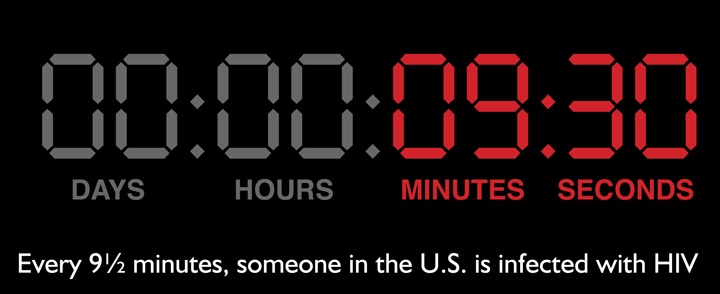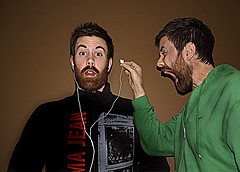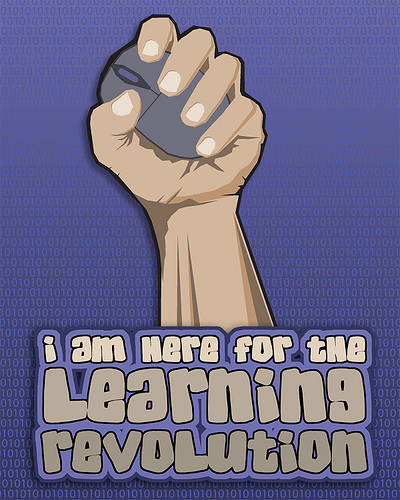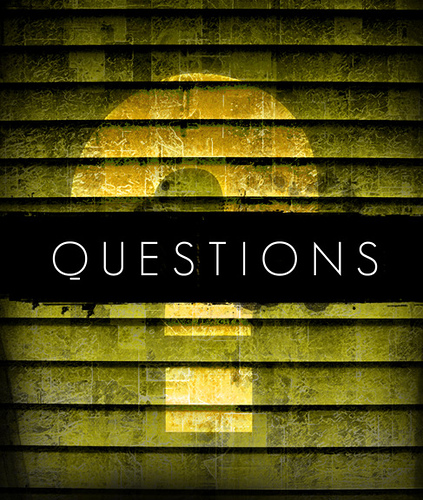 You all seemed to like this last time, so here we go again. I want to make sure I provide the best links for you–links that I feel deserve your time and attention. So, this won’t be every week. It may be every other week…or every month.
You all seemed to like this last time, so here we go again. I want to make sure I provide the best links for you–links that I feel deserve your time and attention. So, this won’t be every week. It may be every other week…or every month.
Onward.
******
Social Change
- Stories of Change–20/20 Predictions: For Ashoka.org’s third Stories of Change eBook series, Ashoka asked its social entrepreneurs to think about what the world would look like in 2020. And to follow-up that question, Ashoka asked them what each would do in the next year to move us closer to their vision.
- A Wiki of Experts: The WeAreMedia project put together this “Expertise Map,” offering a long list of people who are passionate about doing good. If you are looking to connect with good people, this could be a good starting point.
- The Other City: This film sets out to explore DC–the other side of DC, the side with an HIV/AIDS rate equal to Africa. If you are in DC, be on the lookout as I’m thinking we should get a group together to go to the screening once its announced.
Social Marketing
- The Dragons of Behavior Change: If you read my “Awareness Fever” post, then you will want to read Craig Lefebvre’s follow-up post. In this post, Craig takes the conversation to the next level. Say, everyone around the table agrees to focus not on awareness–but on behavior outcomes, then what? Enter the land of the dragons. You are going to need to prepped with the right tools, resources and questions to ask. Craig’s post can help get you started on the right foot for the journey.
- Healthy People and Social Marketing: Mike Newton-Ward share with us the update regarding adding a social marketing objectives to Healthy People 2020 saying, “This is proving to be quite the year for social marketing! Just today I learned that social marketing is in the preliminary Healthy People 2020 Health Objectives for the nation!” This is a big step for social marketing. BIG.
- MINDSPACE: Influencing Behavior through Public Policy: This document comes out of the UK’s Cabinet Office and the Institute for Government. The fact that this type of report was even written–let alone by such two high profile organizations gives me great hope. The document aims to use behavior change theory to move policy makers to better address some of our worlds greatest problems. The document’s announcement includes the words: “Today’s policy makers are in the business of influencing behavior.” If only more people not only realized that–but were equipped with the rights tools–social marketing–to make an impact. Caveat: I just found the resource and printed it out for myself, so I can’t yet speak to it in its entirety–but a huge thanks to Craig for his post that brought this resource to my attention.
- Journal of Social Marketing: Until now, the only social marketing journal was the Social Marketing Quarterly. In 2011, this will no longer be true as the first issue of the Journal of Social Marketing will be published. Currently, the journal is recruiting work for publication.
Social Media and Communications
- Twitter Your Own Adventure: Remember those “Choose Your Own Adventure” books? Welcome to the Twitter edition. I share this because as the use of social media becomes more sophisticated–storytelling is becoming ever more crucial. How can you be creative in how you tell a story?
- Open for Business–The Google Apps Marketplace: With over 2M businesses having used Google applications over the last three years, Google has recently announced its Google Apps Marketplace. The marketplate is a “new online store for integrated business applications. The Google Apps Marketplace allows Google Apps customers to easily discover, deploy and manage cloud applications that integrate with Google Apps.” Already, more than 50 companies are now selling their business applications within the marketplace. This is a big development that we will be sure to watch as App stores similiar to Apple’s and Apps.gov continue to emerge and evolve.
- 10 Steps for Optimizing the Brand for Social Search: Brian Solis provides a jam-packed post full of helpful information and next steps.
- Top 10 Best Practices for Federal Government Web Sites from USA.gov: Whether you are a newbie or a veteran, this site offers something for everyone. If not this Web page, all of Webcontent.gov is a great resource and helpful guide.
What about you? What good info have you read lately? Please provide the link in the comments so we can all check it out. Also–if you’re in love with your Google Reader like me, here’s my public profile. Let’s connect.
flickr credit: Benimoto










